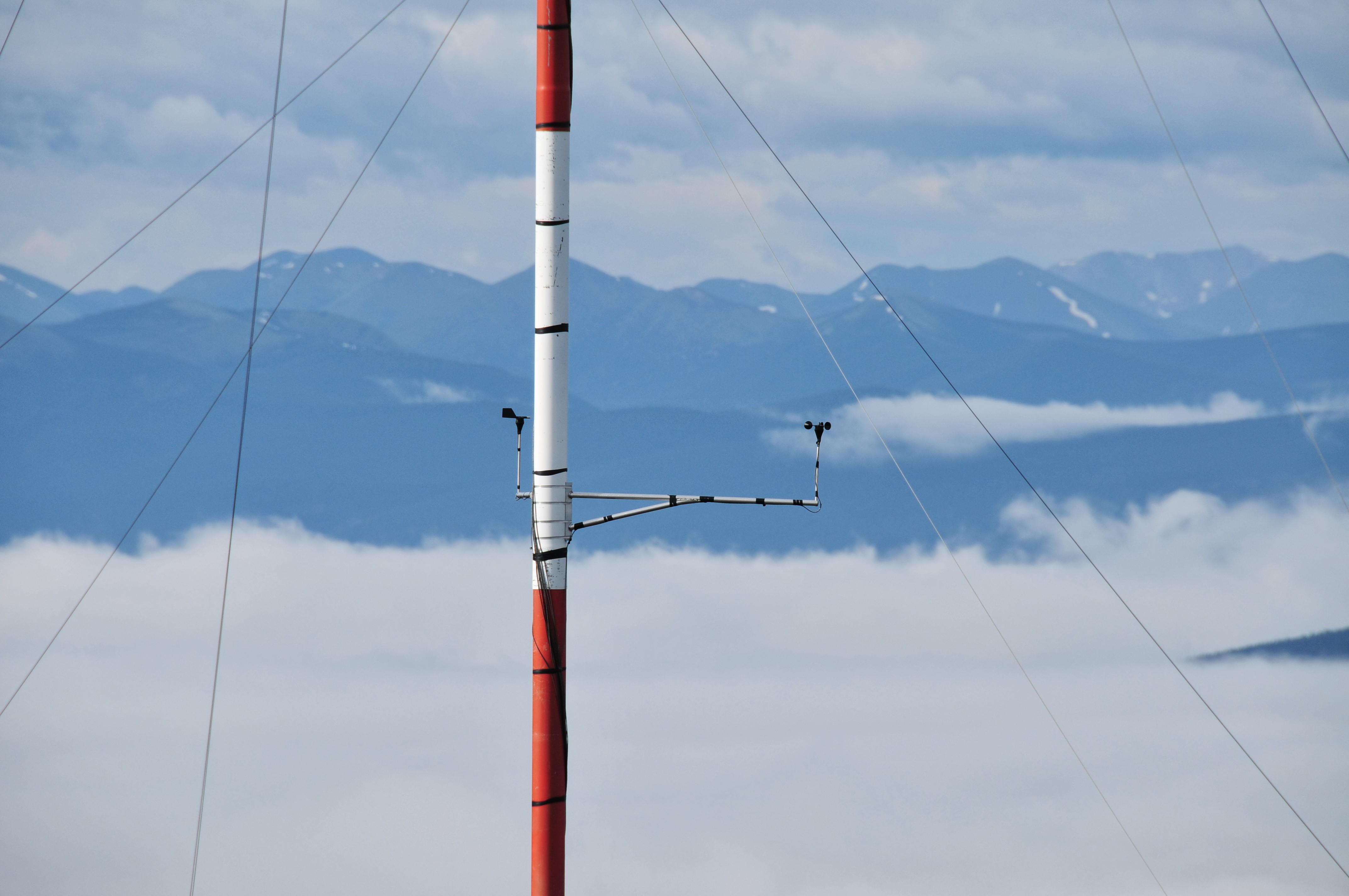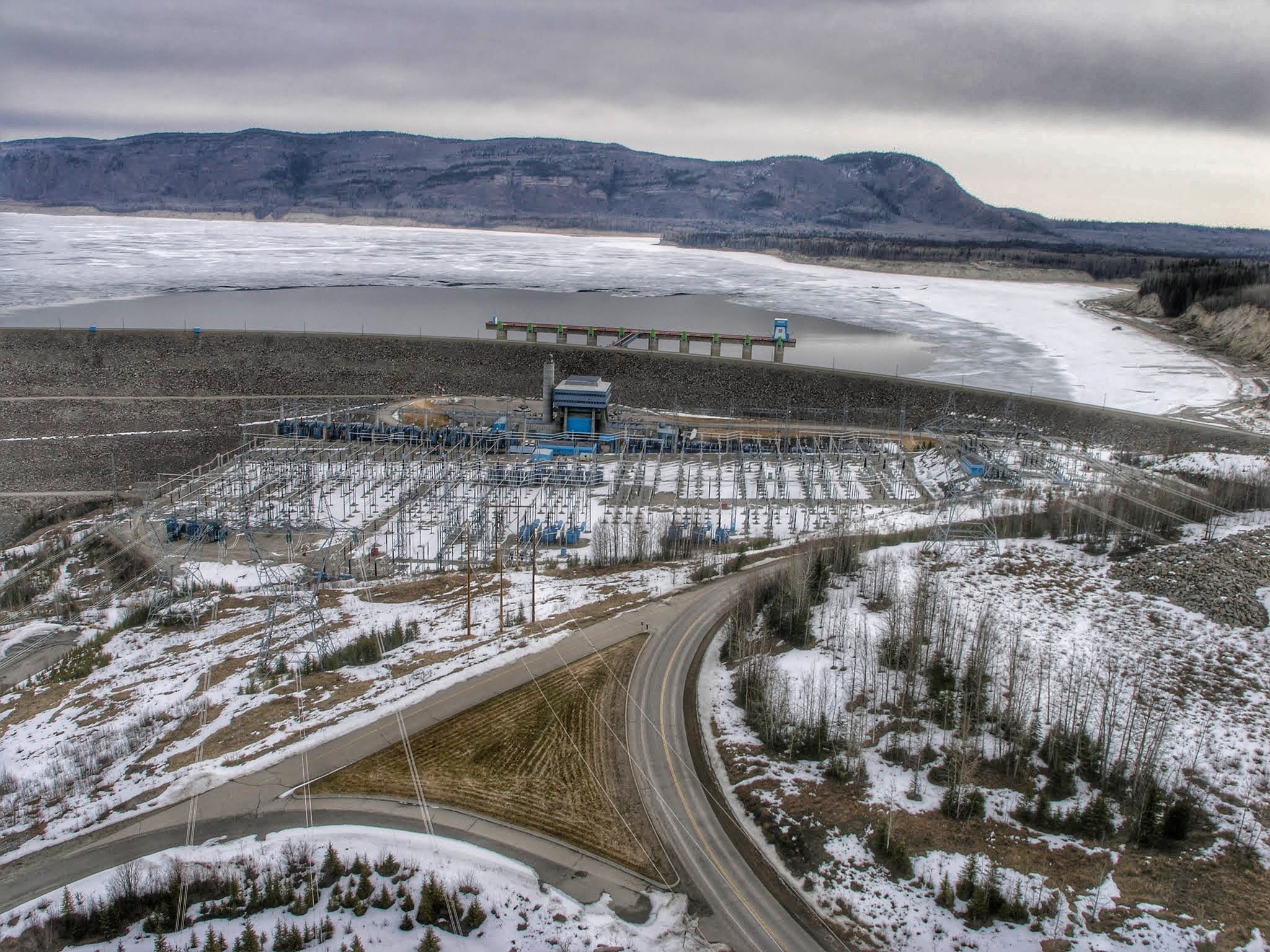Why northeastern BC wind is extraordinary
Northeastern BC’s wind resource is extraordinary for several compelling reasons.

Wind speed
No other factor is more fundamental to the amount of wind power available for converting kinetic energy into electricity than wind speed. This is because the power in the wind is a cube function of wind speed: when wind speed increases by a factor of 2, the amount of power available increases by a factor of 8. Small changes in wind speed result in big changes in the amount of electricity that can be produced.
Wind speeds atop the hundreds of kilometers of Rocky Mountain foothills in northeastern BC are not just slightly higher than those of most existing wind parks around the world: they are significantly higher. Areas with annual average wind speeds around 6.5 m/s and greater at 80 m height are generally considered to have a suitable wind resource for development. Many wind park sites in northeastern BC have Class 1 wind with an average speed well above 8 m/s. What’s more, the wind blows throughout the year, pushing capacity factors north of 40%.
Wind direction
Wind direction is also an important factor in a site’s power potential. As this wind rose from Thunder Mountain shows, wind in the region is predominantly WSW—perpendicular to most wind park sites. This orientation allows turbines to be aligned single file with minimal spacing, optimizing the number of turbines and dramatically reducing mechanical losses due to changes in wind direction.
Topography
The foothills are generally moderately sloped, rounded on top and have nothing to leeward but open prairie. When the wind arrives at a perpendicular angle, it accelerates up the slope, peaks at a narrow ribbon of flat terrain at the top, and flows off to the east with little turbulence. Textbook perfect wind park terrain.
Firming infrastructure
Northeastern BC also has the WAC Bennett Dam, the GM Shrum Generating Station (GMS), and Williston Lake. The dam is BC’s largest, the generating station is BC’s largest, and the lake is BC’s largest. Together, they constitute the mightiest battery in North America for firming renewables.

Transmission
Several of Aeolis’ best wind park sites are not far from the WAC Bennett dam complex and the 512 kV lines that transmit power to load centers in the south. Although the existing grid can accommodate a considerable amount of new wind-generated electricity, it’s only a fraction of the region’s potential. New electricity transmission infrastructure will enable clean, renewable wind energy to help minimize the GHG footprint of BC’s growing shale gas operations. The other transmission option, espoused by Blue Fuel Energy, is to integrate wind and hydro to produce liquid fuels such as methanol and DME. These clean-burning fuels are, in essence, “liquid electricity”, and can be readily transported to markets along the region’s existing railway track.



